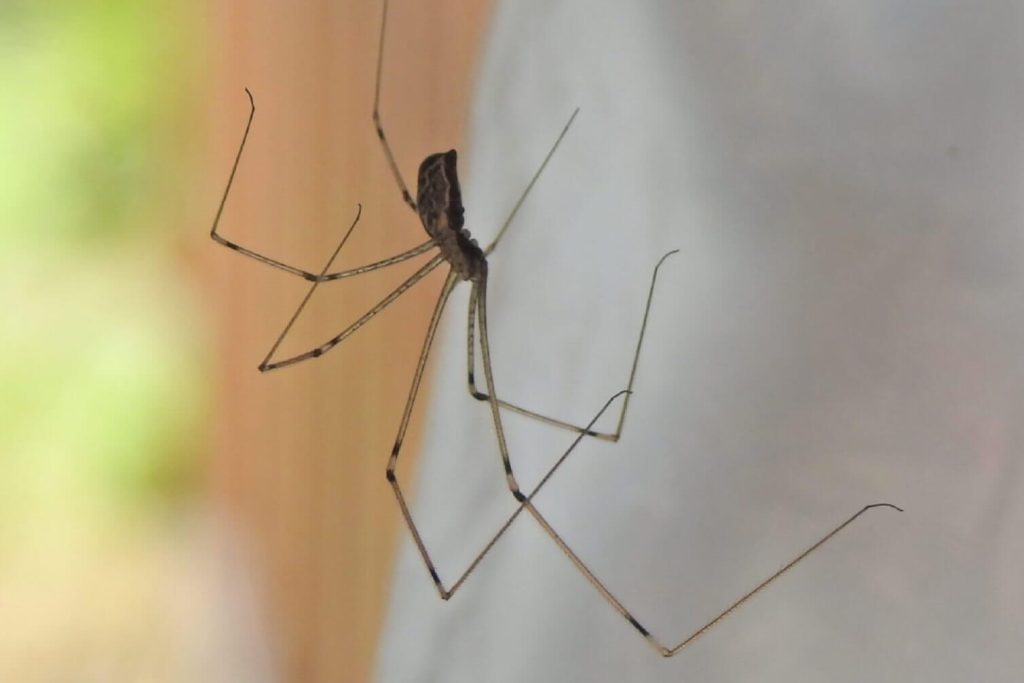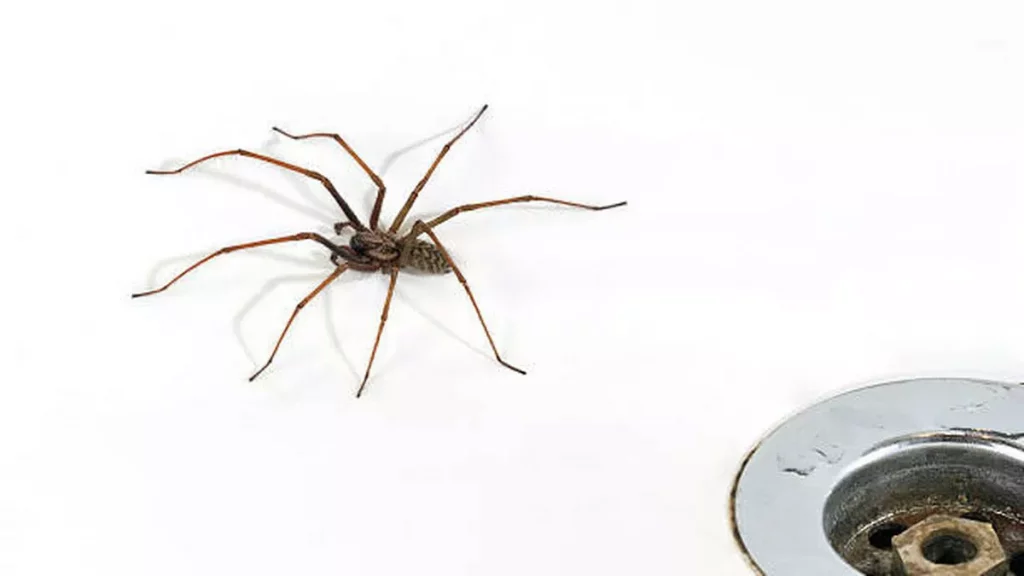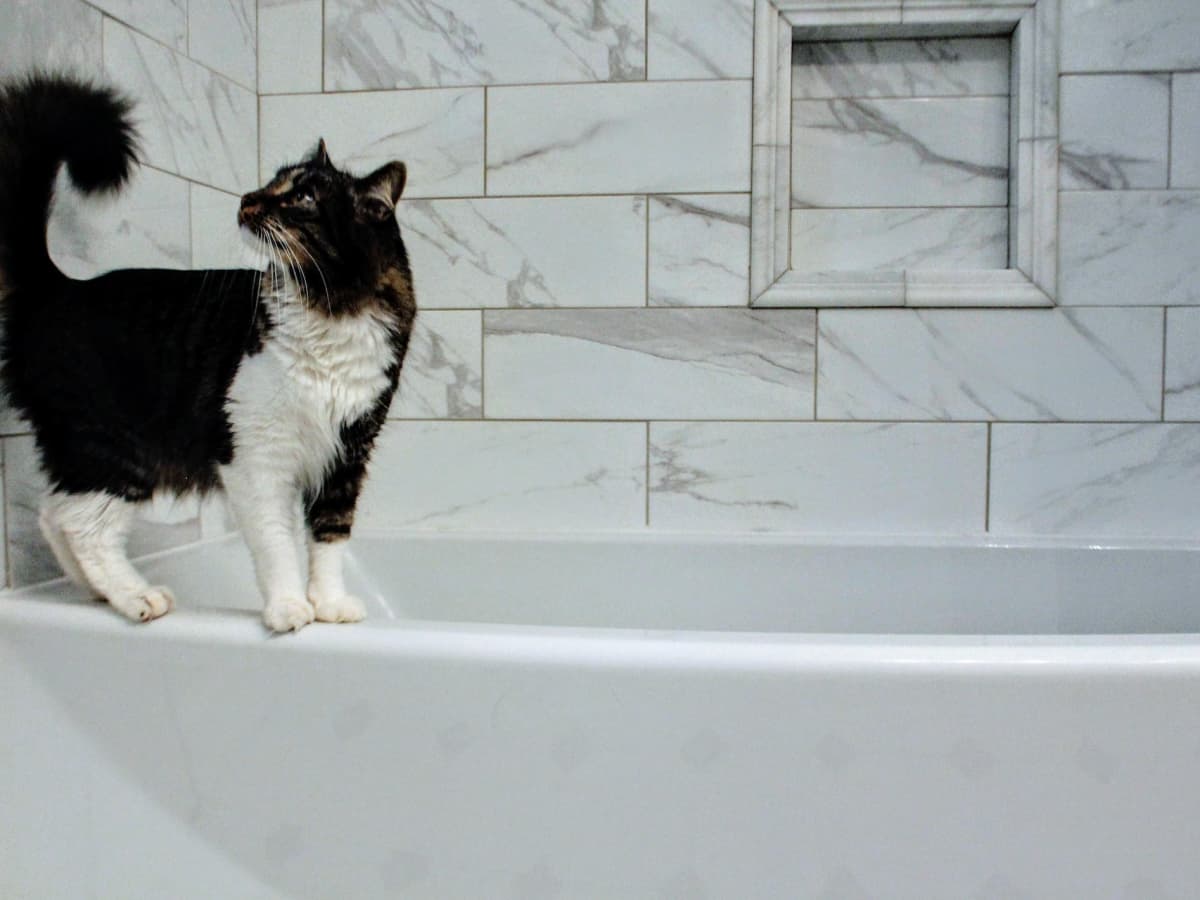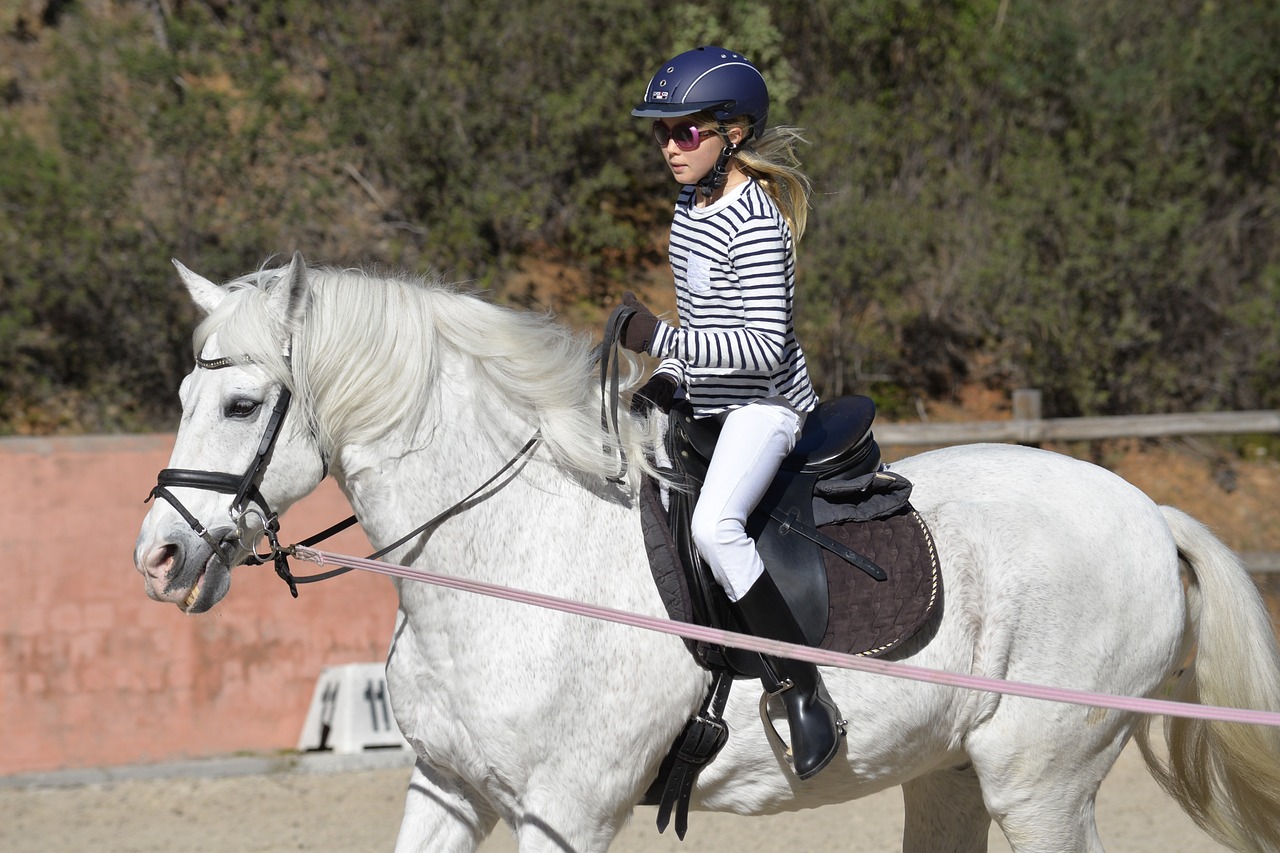Yes, cellar spiders (Pholcidae), commonly known as daddy longlegs spiders, are known to eat other spiders, including house spiders. They are opportunistic predators and will consume a variety of smaller insects and spiders that they can capture. While their primary diet may consist of small insects, they are not selective when it comes to other spiders, so if they encounter.
Below you will more knowledge about those creatures
What Are Cellar Spiders?

Cellar spiders, also known as “daddy longlegs spiders,” are small to medium-sized spiders with very long, delicate legs. They are often found in dark and hidden places like basements. These spiders make messy, irregular webs where they catch insects like flies and mosquitoes.
One interesting thing about them is that they can vibrate their bodies rapidly when they feel threatened, making it hard for predators to see them clearly. This helps them stay safe.
The good news is that these spiders are harmless to humans and don’t have dangerous venom. They can actually be helpful by eating pests in your home.
So, despite their long legs and strange appearance, they’re pretty friendly and won’t harm you or your pets.
What are house spiders?
House spiders are small to medium-sized arachnids commonly found in homes. They are known for creating cobwebs to catch small insects and are typically brown in color. Also, they are not harmful to humans and help control other pests in the house. They lay eggs in protective sacs and may resort to cannibalism if food is scarce.
What Do Cellar and House Spiders Look Like?
| Characteristic | House Spiders | Cellar Spiders |
| Body Size | Typically small to medium-sized, 3 to 10 millimeters. | Typically small to medium-sized, 2 to 10 millimeters. |
| Legs | Elongated and delicate, often longer than the body. | Elongated and delicate, often longer than the body, with possible banded or speckled patterns. |
| Body Shape | Elongated and cylindrical, with a narrow waist. | Elongated and cylindrical, resembling a pear with a narrow waist; cephalothorax narrower. |
| Coloration | Varies by species, often pale or light brown. | Pale or light brown, with some species featuring darker markings for camouflage. |
| Spinnerets | Distinct spinnerets at the rear end of the abdomen. | Distinct spinnerets at the rear end of the abdomen for silk production and web-building. |
| Web Structure | Typically build organized, flat, tangled cobwebs. | Irregular, intricate, and three-dimensional webs found in dimly lit, secluded areas. Loosely constructed for hunting and protection. |
| Behavior | Active hunters using webs to capture prey, not hanging upside down, may exhibit rapid movements when disturbed. | Hang upside down in webs, patiently waiting for prey; execute rapid body vibrations as a defense mechanism against threats. |
The Fascinating Life Cycle of Cellar Spiders
Egg Laying: Adult female cellar spiders initiate the life cycle by laying eggs. They carefully construct silken egg sacs, which can range in size from a few dozen to several hundred, depending on the specific species. These egg sacs are typically spherical and attached to surfaces, often within the spider’s intricate web or concealed in a secluded location.
Incubation: The maternal instinct guides the female spider as she guards the precious egg sac, shielding it from potential threats. Throughout this incubation phase, which may span several weeks, the female ensures the egg sac’s integrity, performing minor repairs and diligently maintaining her web.
Hatching: When the moment is right, the egg sac reveals its secrets as spiderlings, the tiny offspring, emerge from their protective enclosures. Initially, these spiderlings are minuscule and pallid in appearance. They tend to remain in proximity to the egg sac, dispersing only when they have grown a bit more.
Early Development: The spiderlings embark on their journey to adulthood, undergoing multiple molts and gradually increasing in size. These distinct instar stages mark their progression. During this developmental phase, they rely on nourishment derived from small insects and other prey ensnared in their mother’s web or, in more challenging circumstances, resort to cannibalism.
Maturation: As they persist in their growth and development, the spiderlings eventually transition to the adult stage. The duration of this transformation can vary, contingent on factors such as temperature, food availability, and environmental conditions.
Reproduction: The cycle comes full circle when these arachnids reach the pinnacle of their development to adulthood. At this stage, cellar spiders possess the capability to engage in reproduction. Mating unfolds as male cellar spiders seek out receptive females. After successful mating, the female may embark on the creation of one or more egg sacs, thus initiating the cycle anew.
Lifespan: The longevity of an adult cellar spider can exhibit considerable variability based on factors like species and prevailing environmental conditions. Some individuals may persist for several years, while others might experience shorter lifespans. In essence, they have the potential for enduring lifespans when furnished with a reliable source of prey.
Food Chart of Celler spiders :
| Prey Type | Examples |
| Flying Insects | Mosquitoes, flies, moths, small flying insects |
| Crawling Insects | Ants, beetles, small roaches, small spiders |
| Other Spiders | Cannibalistic tendencies feed on smaller spiders |
| Aphids and Sap-Feeding Insects | Occasionally prey on aphids and sap-feeding insects near their web |
| Small Arachnids | Mites, tiny harvestmen |
Feeding Behavior of Cellar Spiders
Cellar spiders construct irregular, three-dimensional webs and hang upside down in them, patiently waiting for prey to become ensnared. When a potential meal is caught, they approach it, subdue it with silk, and then proceed to consume it. These spiders are opportunistic predators, feeding on a variety of small insects and arachnids, making them valuable for natural pest control around your home.
Food chart of house spider:
| Prey Type | Description |
| Insects | House spiders primarily feed on small insects such as flies, mosquitoes, moths, and other pests that may enter homes. |
| Other Arachnids | They may also consume other spiders, especially smaller ones, if they encounter them in their webs or territories. |
| Small Arthropods | House spiders can capture and eat various small arthropods like ants, mites, and tiny beetles. |
| Nourishment from Web | They obtain sustenance from insects and debris caught in their own webs, recycling and consuming prey ensnared in the silk. |
| Cannibalism | In some cases, when prey is scarce, house spiders may resort to cannibalism, consuming other members of their own species. |
| Larger Prey | While less common, house spiders may occasionally catch larger insects or even small centipedes when the opportunity arises. |
Feeding Behavior of Cellar Spiders
Cellar spiders construct irregular, three-dimensional webs and hang upside down in them, patiently waiting for prey to become ensnared. When a potential meal is caught, they approach it, subdue it with silk, and then proceed to consume it. These spiders are opportunistic predators, feeding on a variety of small insects and arachnids, making them valuable for natural pest control around your home.
Are Cellar Spiders Harmful to Humans?
No, Cellar spiders are usually not harmful to people. They don’t have poison and aren’t mean. They’re helpful because they eat small bugs that bother us. But there are a few things to keep in mind:
- Spider Webs: They make messy webs that can be annoying if you walk into them.
- Mistaken Identity: Sometimes, people think they’re dangerous spiders, but they’re not.
- Eating Each Other: They might eat each other, which can limit their numbers in some places.
- Allergies: Some folks might get a little itchy from their silk.
- Invasive Species: In some areas, different kinds of spiders from far away can cause problems for the local environment.
So, generally, they’re more of a help than a bother, and you can leave them alone. If you really need to, you can gently move them to a different spot.
Common Habitats of Cellar Spiders
Cellars and Basements: They really like basements, where it’s cool and sometimes a bit damp. They build their webs here to catch insects.
Caves and Crawl Spaces: These spiders are at home in natural underground spots like caves and crawl spaces. They spin their webs in the corners and on the ceilings.
Barns and Sheds: In the countryside, you can see them in barns, sheds, and other buildings. They do a good job of keeping bugs in check.
Houses: Cellar spiders sometimes move inside houses, especially in basements, garages, or any quiet spots they like.
Attics: Sometimes, they’re in attics, if the attic has dark and peaceful places.
Outdoors: While it’s less common, you might also find them outside in gardens, bushes, and other plants. They make webs among leaves and branches to catch flying insects.
Hidden Spots: These spiders love quiet, dark corners and crevices. You can find them in these hidden places all around your home.
Common Habitats of House Spiders

Corners and Ceilings: House spiders often build their webs in high corners of rooms, near ceilings, and in the upper reaches of closets.
Basements: They are frequently found in basements and crawl spaces, especially in dark and undisturbed areas.
Garages: House spiders may establish webs in garages, particularly in corners and along the edges of walls.
Sheds: Outdoor sheds and storage spaces are also suitable habitats for these spiders.
Under Furniture: House spiders can be found under furniture, such as tables and chairs, where they are less likely to be disturbed.
Window Sills: They may build their webs on window sills to capture flying insects attracted to the light.
Cluttered Areas: Also they can thrive in areas with clutter or objects that provide shelter and protection.
Dark and Quiet Spaces: These spiders prefer quiet and dimly lit areas, where they can construct and maintain their webs without frequent disturbances.
Attics: They may inhabit attics, especially if there are suitable entry points for them.
Behind Objects: They can hide behind objects like curtains, picture frames, or wall hangings.
FAQ’s
Should I leave cellar spiders?
Yes, Leave cellar spiders in your home as they are beneficial predators that help control other pests, including insects and other spiders.
Will a spider eat another spider?
Yes, many spiders will eat other spiders, and some even cannibalize individuals of their own species.
Can I feed a cellar spider?
No, Cellar spiders primarily feed on ants and other small insects. They may also eat house centipedes, but it’s not recommended to feed them.
Do Daddy Long Legs eat other spiders?
Yes, Daddy Long Legs (Pholcus phalangioides) will eat other spiders, including larger house spiders.
What spider is most venomous?
Brazilian wandering spiders (Phoneutria fera and Phoneutria nigriventer) are considered some of the most venomous spiders in the world, but antivenom treatments can prevent most fatalities from their bites.
Final Words
To sum up, cellar spiders, also known as daddy longlegs spiders, are opportunistic predators that will consume a variety of smaller insects and spiders, including house spiders. While their primary diet may consist of small insects, they are not selective when it comes to preying on other spiders.
Moreover, If they come into contact with house spiders, they may capture and eat them. Cellar spiders can be beneficial in controlling pest populations, including house spiders, in homes and other buildings. Their role as predators helps maintain a balance in the ecosystem, contributing to the overall health and cleanliness of the environment.











